 Gemstones
Gemstones
What is a gemstone?
Are all nice crystals gemstones? For this question the answere is expressly NO.
So what are those characteristics that separate gemstones from crystals?
One could say that gemstones are transparent, light can go through them. Well, this is true in general but there are counter-examples like black diamonds and turquoise. These are also gemstones even though these are opaque stones.
Are they called gemstones because of their nice colors?
What about diamonds, the most valuable but colorless gemstones then?
You may say that the definition is based on its chemical elements, that must be really rare such as cesium, berillium, titan, etc.
Well sometimes there are really rare elements in a gemstone but in general its chemical components has nothing to do with its value as the most valuable gemstone is diamond which is consists of simple carbon atoms, meanwhile sapphire and ruby is aluminum dioxide, that is the macro-crystal form of alumina.
So what is the secret? What makes something a gemstone?
The answer is more simple than what we would think. The most common compound on Earth is silicon dioxide, that is quartz, or in common parlance it is sand. We can find sand everywhere not only on the beach or at the playground. Just remember your childhood when you watched the dancing dustmotes in the light in front of the window. Most of these small dust motes are also sand, quartz. They are so small that they can float in the air. They can be found everywhere on the streets, in parks, offices, schools, hospitals and at home as well.
Well, I don’t care, one might think, as it is too small to disturb us, but these tiny little particles play a major role in deciding whether something is a gemstone or not. The dust motes slowly but continuously cover everything in our environment, the furniture, the floor, etc. This can be very disturbing and not only because we have to clean and wipe everything all the time. Dust is constituted by small particles of quartz crystals which are very hard, harder than anything in its environment. Consequently when we wipe off dust these quartz crystals scratch every smooth surface.
Dust covers the gently polished surface of gemstones as well, and if a gemstone wouldn’t be hard enough then its glittering shiny faces soon become unglazed, dilapidated. The hardness of quartz according to the Mohs scale is 7. This means that quartz is so hard that it can scratch glass as well.
Glass is also consists of sand but its structure is not crystalline. It is rather a thick gelatineform liquid. And liquids are always softer than solid materials. Just like ice is harder than water, quartz crystal is harder than glass. The crystal srtucture determines the hardness of elements and compounds. This is how it can be that the soft graphite in the pencil is the same material as the 1500 times harder brilliant diamond in the wedding ring, which is in fact the hardest material on Earth. Both of them is made up of carbon atoms but their crystal structure is different.
So to sum up: gemstones must be hard enough so that quartz crystals can’t cause any damage on them. We can declare that the harder a gemstone is the better, but its hardness must be at least 7.
There are of course exceptions what because of tradition we consider gemstones, such as lapis lazuli, turquoise, rhodochrosite, coral, pearl, opal and amber.
Gemstones are classified into different groups, species, and varieties. For example, ruby is the red variety of the species corundum, while any other color of corundum is considered sapphire. Another nice example is the mineral species beryl, where all the color varieties have different names: emerald (green), aquamarine (blue), bixbite or red beryl (red), goshenit (colorless), heliodor (pale green), morganite (pink), and golden beryl (yellow).
Also tourmaline has very different names dependending on colors: acroite (colorless), rubelite (pinkish red), dravite (orange or brown), verdelite (green), indigolite (blue), siberite (purple), schorl (black, opaque). If a tourmaline has two or more colors within one gemstone it is called watermelon tourmaline.
Garnets have different names as well. It’s good to know that pyrope, almandine, spessartine, tsavorite, demantoid, hessonite, andradite, topazolite are all garnets of different colors.
We measure gemstones’ weight in carats which is not the measurement of value like in case of precious metals such as gold or silver. 1ct=0.2g, but the value of a one carat gemstone can be very different depending on the variety of the gems. The value of a one carat diamond can be more than 10,000 USD while a one carat citrine worths less than 1 USD.
Because diamonds are so valuable, it’s essential to have a universal grading system for comparing their quality. In the 1950s, GIA developed the 4Cs and the GIA International Diamond Grading System™ to objectively compare and evaluate diamonds. The 4Cs are: carat, color, clarity, cut.
In case of colored gemstones the rules are not so strict, still if a gemstone is too dark in color, or there are too many inclusions in it, or if it is too small, and badly cut its value decreases drastically.


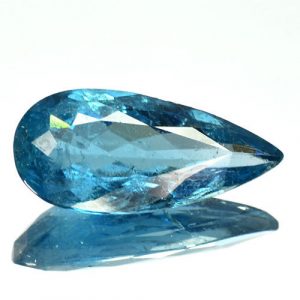



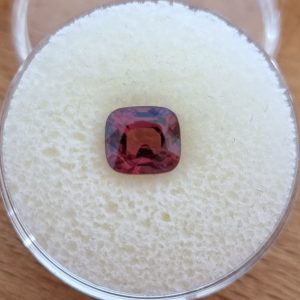

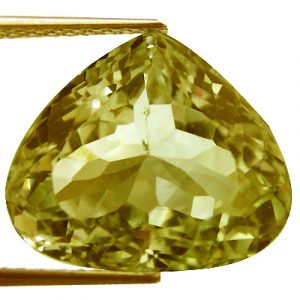

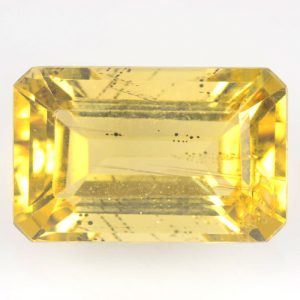







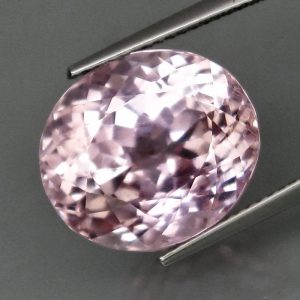


 Gemstones
Gemstones

